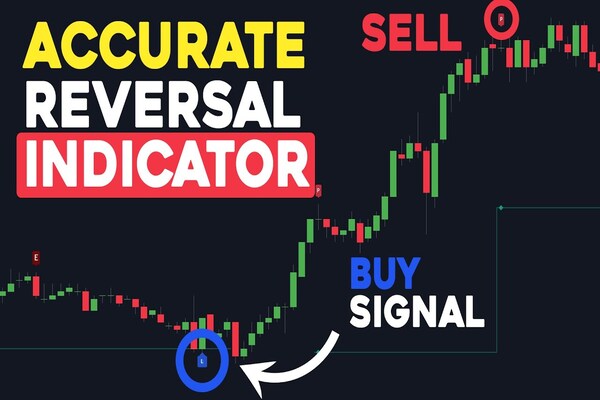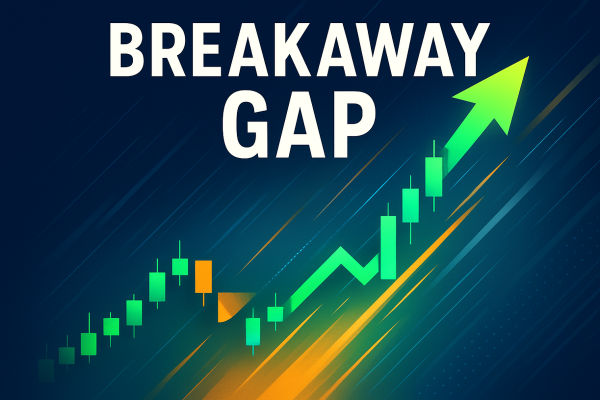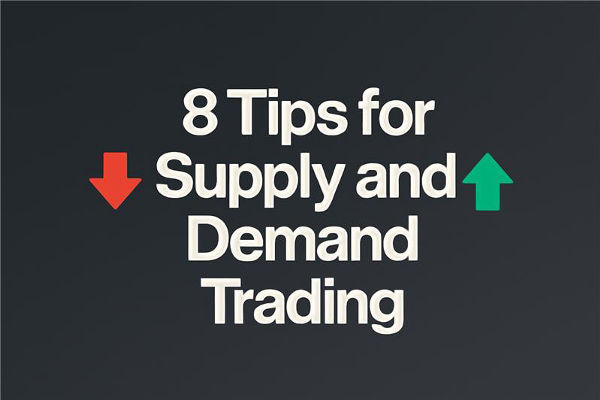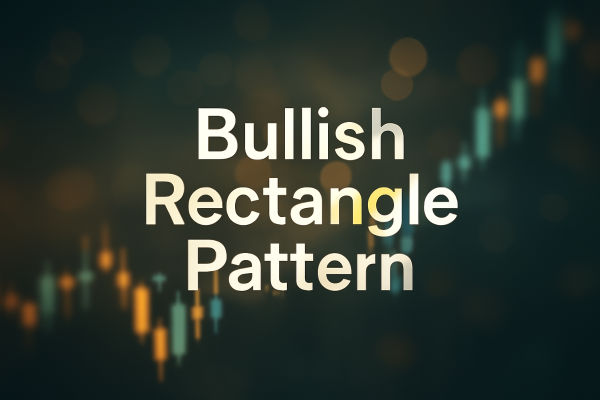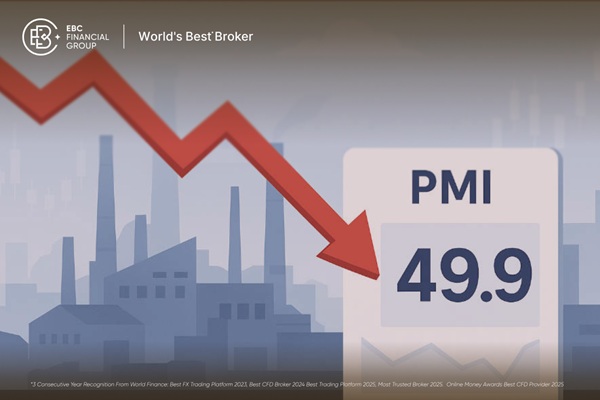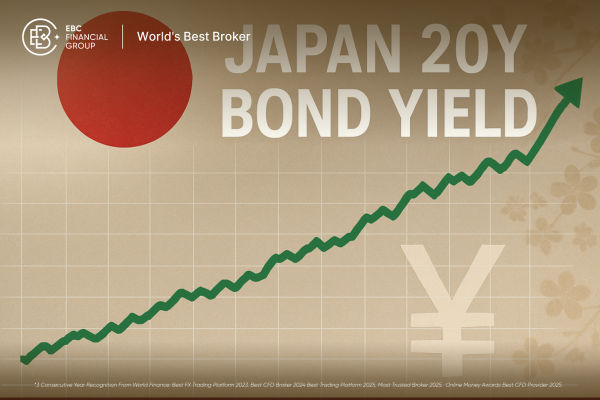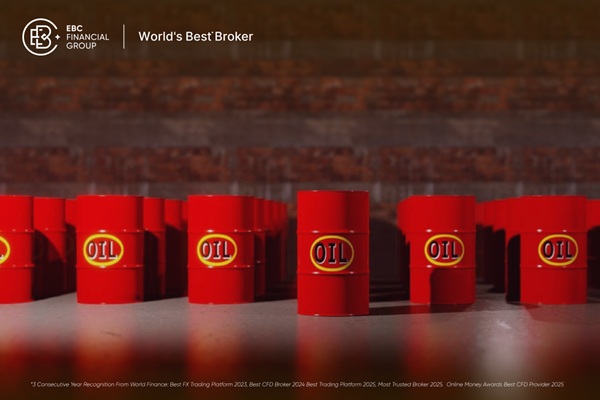Divergence trading is a technical analysis strategy that compares the movement of price with that of an indicator, often the Relative Strength Index (RSI) or Moving Average Convergence Divergence (MACD). When the price of an asset moves in the opposite direction of an indicator, this is known as divergence.
Many traders rely on divergence trading to spot potential reversals or trend continuations. However, using this strategy effectively requires more than just spotting mismatched movements between price and indicators. Without proper understanding, divergence trading can lead to false signals and poor trade entries.
If you're wondering how to sharpen your technical skills, learning what not to do is just as important as learning what to do. Below are four critical mistakes to avoid in divergence trading.
Mistake 1: Ignoring Market Context
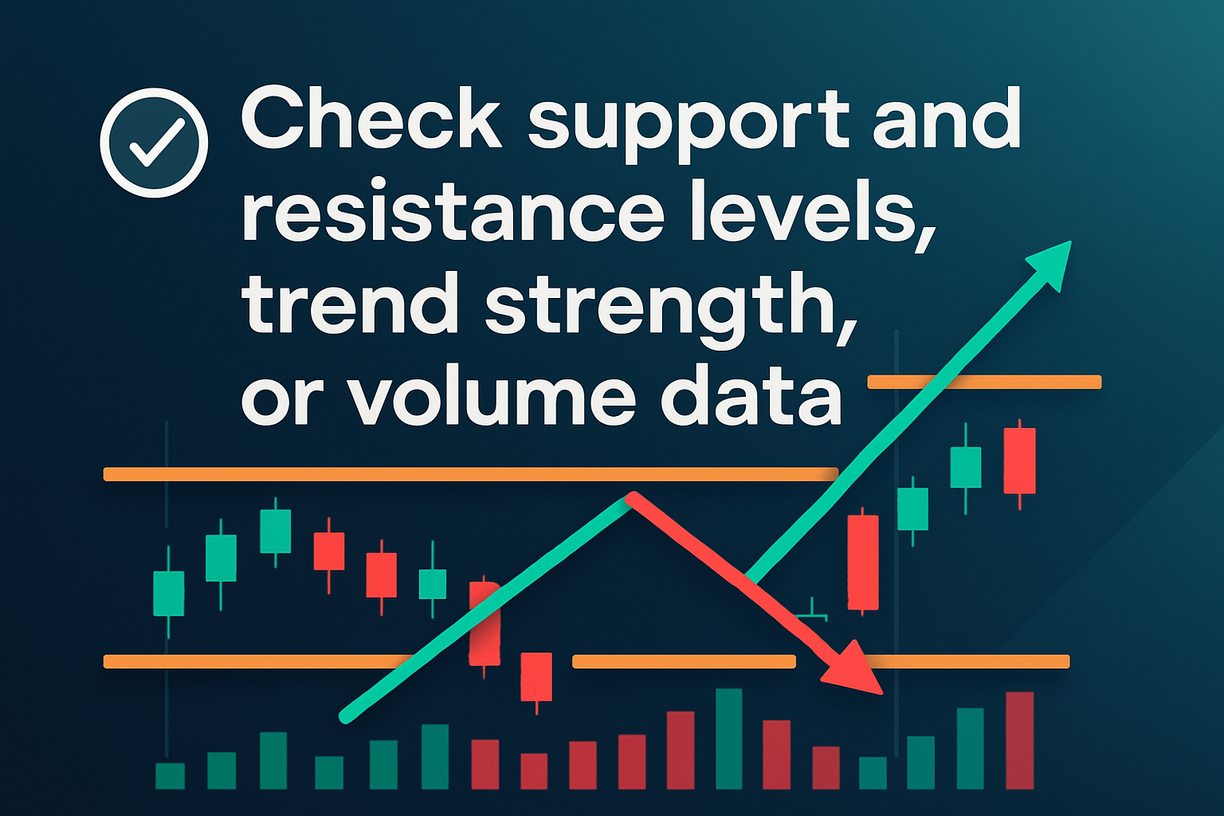
One of the most common errors in divergence trading is using it in isolation, without considering the broader market environment. Divergence can occur in all market conditions — trending, ranging, or highly volatile — but its reliability varies depending on the context.
For instance, a bullish divergence during a strong downtrend may not be a valid reversal signal but rather a brief pause before the trend continues. Similarly, bearish divergence during a strong uptrend might only result in a short-term pullback.
Traders who focus solely on divergence signals, without checking support and resistance levels, trend strength, or volume data, risk entering against the prevailing momentum. To avoid this, always use divergence trading in conjunction with other tools such as trendlines, moving averages, or Chart Patterns to validate your setup.
Mistake 2: Misreading Indicator Signals
Many traders misunderstand how to properly read divergence. It's not enough to see price going in one direction and an indicator in another. The timing, type, and structure of the divergence matter.
There are two main types of divergence: regular and hidden. Regular divergence can signal a potential trend reversal, while hidden divergence often indicates trend continuation. Confusing the two can lead to poor entries or exits.
For example, spotting a regular bullish divergence — where price makes a lower low but the indicator makes a higher low — might seem like a good time to buy. But if it's actually hidden divergence in a downtrend, it may just be a continuation signal.
Accurately identifying divergence requires practice and precise visual analysis. It's essential to compare the correct swing highs and lows on both the price chart and the indicator to ensure a valid signal.
Mistake 3: Acting Without Confirmation
Another major error in divergence trading is entering a position the moment a divergence appears. While divergence may hint at a potential reversal, it is not a trade signal by itself. Many divergences fail to play out, leading to premature entries and unnecessary losses.
Confirmation can come in the form of a candlestick pattern (such as a hammer or engulfing bar), a break of a trendline, or even a crossover on the indicator itself. Waiting for additional confirmation helps filter out weak signals and improves your overall trade quality.
Successful divergence trading is about timing. Entering too early can mean getting caught in a continuation of the current trend. Waiting for confirmation may mean giving up a few pips or points, but it significantly increases the probability of a successful trade.
Mistake 4: Overlooking Risk Management
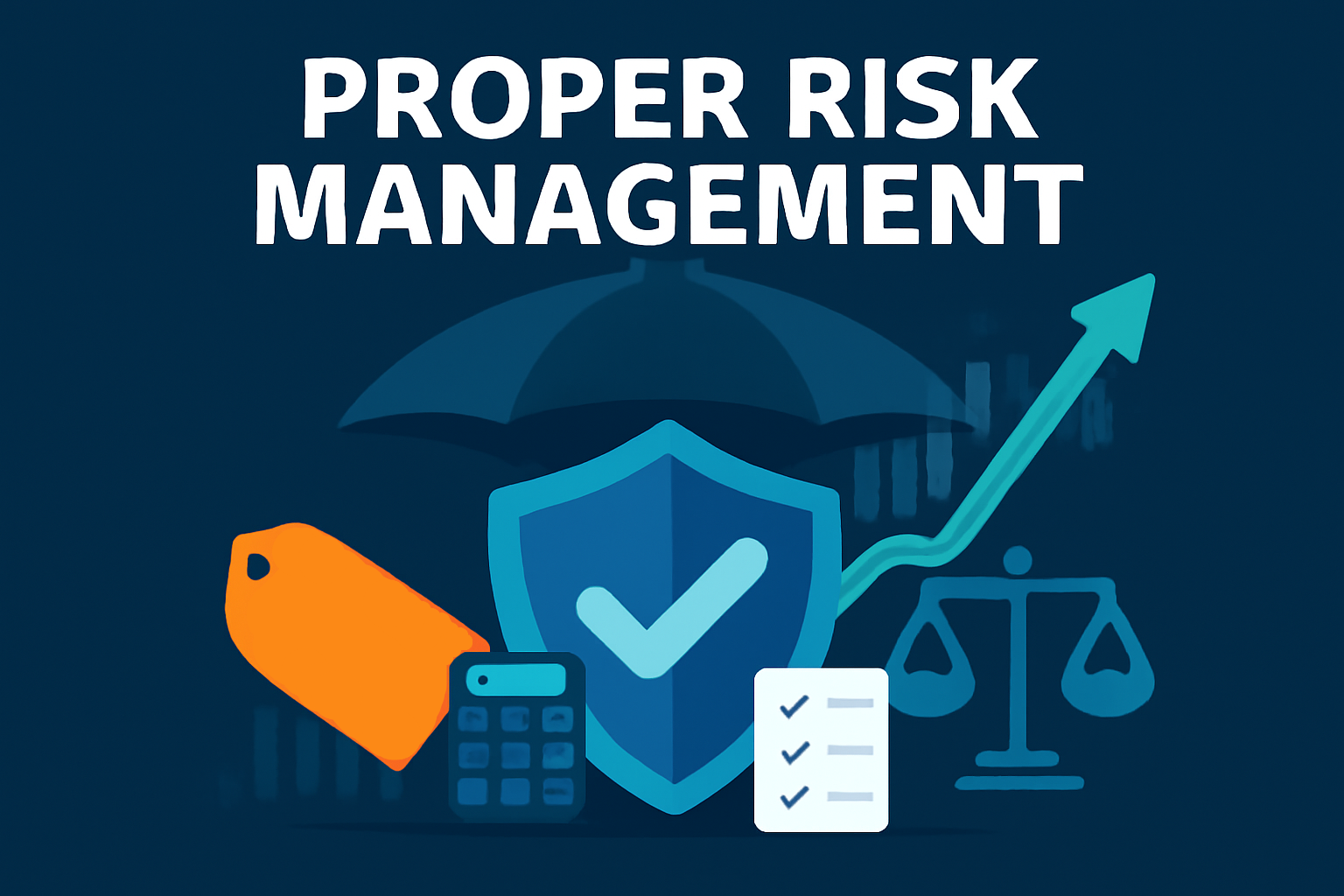
No trading strategy is foolproof, and divergence trading is no exception. Even when all conditions seem to align, unexpected news events or market sentiment shifts can invalidate your setup.
Some traders make the mistake of placing large positions because they feel “certain” about a divergence setup. Others fail to set stop-loss levels or adjust their risk based on volatility. These missteps can turn a small miscalculation into a significant loss.
Proper risk management includes sizing your position appropriately, using stop-loss orders, and never risking more than a small percentage of your capital on any single trade. It's also wise to use trailing stops to protect profits once the trade moves in your favour.
If you want divergence trading to be part of a sustainable strategy, disciplined risk control is non-negotiable.
Final Thoughts
Divergence trading can be a powerful tool in technical analysis when used correctly. It offers insights into potential trend changes and market momentum, giving traders an edge in timing entries and exits. But like any tool, its effectiveness depends on how well it is applied.
By understanding what divergence trading is and, more importantly, by avoiding these four common mistakes — ignoring market context, misreading signals, jumping in without confirmation, and neglecting risk management — you can greatly improve your results.
No strategy guarantees success in every situation, but a well-informed and disciplined approach to divergence trading gives you the best chance of consistent performance over time.
Disclaimer: This material is for general information purposes only and is not intended as (and should not be considered to be) financial, investment or other advice on which reliance should be placed. No opinion given in the material constitutes a recommendation by EBC or the author that any particular investment, security, transaction or investment strategy is suitable for any specific person.












